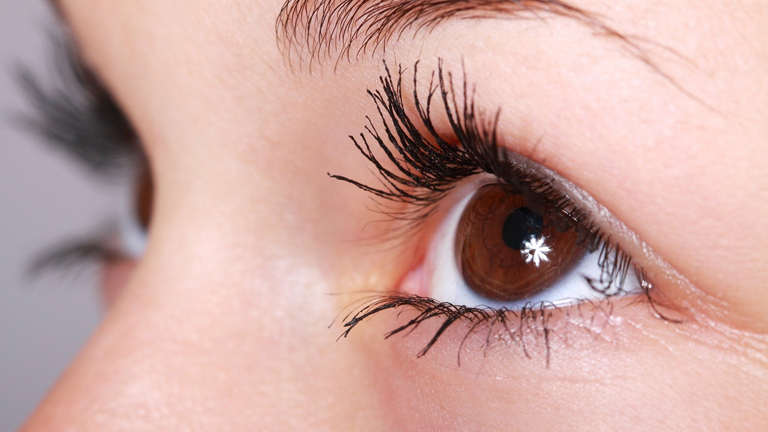
Pilot study neuroscience:Electro stimulation improves sight
Researchers show how electro stimulation can improve the sense of sight.
Neuroscientists at the Ruhr University Bochum have used a special kind of electrostimulation to investigate learning mechanisms of the brain. In the journal “Frontiers in Behavioral Neuroscience” they report on a pilot study, with which they could show how electrical stimulation modifies the excitability of certain brain regions and improves the sense of sight.
Transcranial direct current stimulation: therapy and research
Transcranial direct current stimulation (tDCS) is a painless, non-invasive procedure which electrically stimulates the brain. In previous studies, it has been successfully used in the therapy of diseases, in which singular brain areas were affected, like stroke, chronic pain, or depression. During the stimulation, electrodes are attached to the scalp which emit a low current. This merely produces a tingling sensation. The procedure has also proven to be an interesting tool for neuroscientific researchers. It enables them to influence neural activity in specific areas of the brain and observe what effect this has on cognition and perception.
Team is first to investigate effects on sight
The research team at the University Clinic Bergmannsheil in Bochum, which was led by Dr. med. Matthias Sczesny-Kaiser has cooperated with the Ruhr University’s Institute for Neuroinformatics to investigate for the first time what effect a stimulation of the visual cortex has on the sense of sight. In a pilot study, participants received electric stimulation of the visual cortex while simultaneously completing a visual discrimination task.
Double blind study design
Previous studies have revealed that the polarity of the stimulation is critical for the change in neural activity: anodal stimulation enhances excitability, while cathodal stimulation suppresses it. In the pilot study, ten participants received anodal stimulation, ten received cathodal stimulation and the final ten received a simulated stimulation, which induced, like the real stimulation, a weak tingling sensation. TDCS was administered automatically; this way neither participants nor experimenter knew who received which form of stimulation. This double blind design is used so that neither participant nor experimenter unwittingly influences the results.
Positive influence on visual learning
Analysis of the data revealed: anodal stimulation leads to an improvement of visual perception, while cathodal, and the simulated stimulation of the control group had no influence on visual learning. “Our pilot study has shown for the first time that anodal transcranial direct current stimulation has a positive influence on visual learning,” explains Dr. Sczesny-Kaiser. “Our measurement also show that the procedure influences the excitability of the visual cortex. We must now conduct further studies with neuronal imaging to understand how these two phenomena are linked.”
Contact:
Dr. Matthias Sczesny-Kaiser
Neurologische Universitätsklinik und Poliklinik
BG-Universitätsklinikum Bergmannsheil
Ruhr Universität Bochum
Tel.: 0234 302 -3258
matthias.sczesny-kaiser@rub.de
